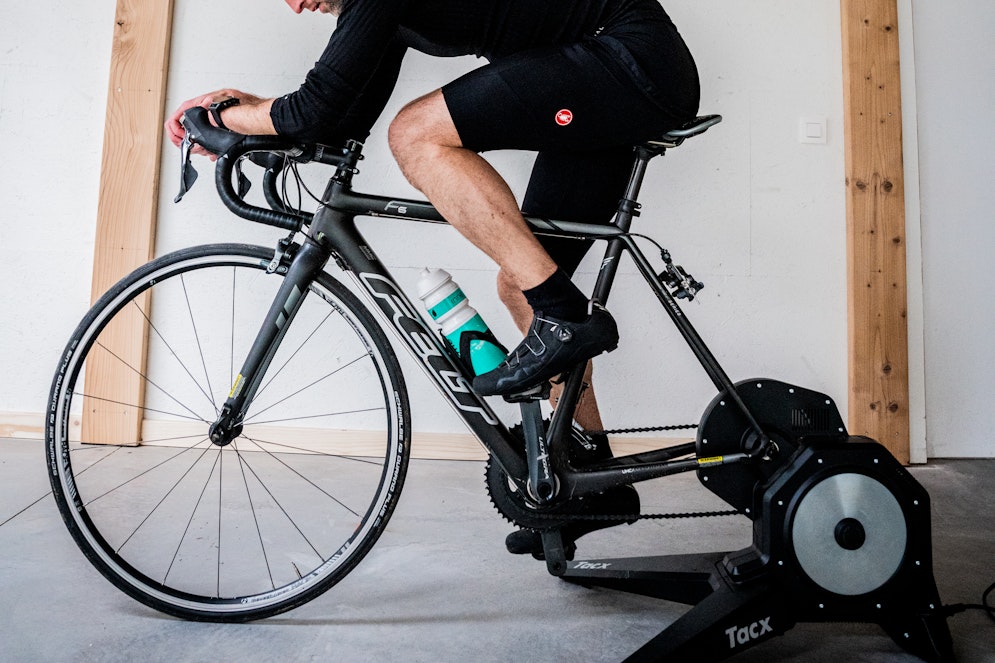Heat training is becoming a key tool for endurance athletes, offering significant performance benefits. This article explores the science behind heat training, highlights how top athletes use it, and explains how our new heat cabin at Taeru can help you gain an edge.
The Science Behind the Sweat
Heat training, also known as heat acclimation, involves exercising in a hot environment to stimulate physiological adaptations that can enhance athletic performance.
The process typically involves controlled exposure to heat through methods like training in warm climates, wearing additional clothing, or using specialized equipment such as heat cabins.
When the body is exposed to heat, several beneficial adaptations occur:
Increased Plasma Volume
Heat exposure increases blood plasma volume, which improves cardiovascular efficiency by enhancing the body’s ability to deliver oxygen to working muscles.
Enhanced Sweat Response
Athletes develop a more efficient sweat response, allowing them to cool down more effectively during exercise, which helps maintain optimal body temperature.
Improved Thermoregulation
Regular heat exposure enhances the body’s ability to regulate temperature, reducing the risk of overheating during intense exercise.
These physiological changes translate to real-world benefits, especially for endurance athletes who compete in hot conditions or seek to maximize their performance in temperate environments.
-

Infrared heat cabin which fits a treadmill or bike trainer. -

The infrared heat cabin is positioned in a larger heat sports halls which can be heated up to 50° Celsius for indoor group training. -

-

Infrared heat cabin which fits a treadmill, bike trainer or yoga mat.
Athletes Who Benefit from Heat Training
Benefits for Every Athlete
At Taeru, our new heat cabin offers a controlled environment for effective heat training. Key benefits include:
Adaptation to Heat
Simulated heat training in our heat cabin helps you prepare for races or events in hot climates, reducing the risk of heat-related fatigue and improving your overall performance.
Enhanced Cardiovascular Function
By increasing plasma volume and enhancing cardiovascular efficiency, heat training enables you to sustain higher intensities during endurance events.
Mental Toughness
Training in challenging conditions, like heat, builds mental resilience, a crucial factor in pushing through the toughest parts of a race or training session.
Faster Recovery
Regular heat exposure has been shown to improve recovery times by promoting blood flow and reducing muscle stiffness, helping you bounce back faster between workouts.
